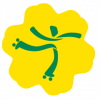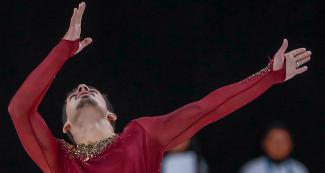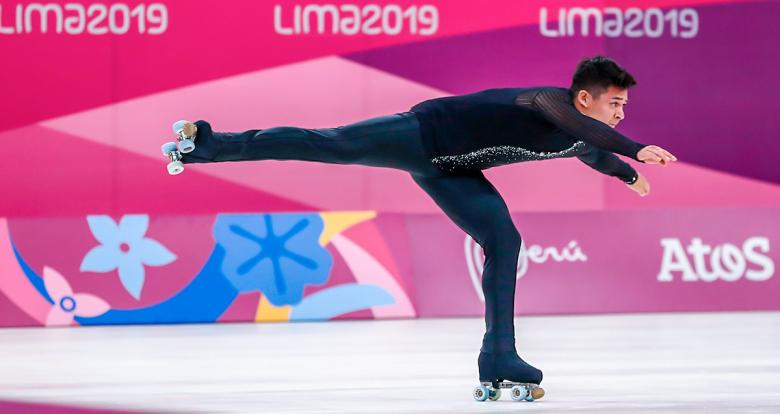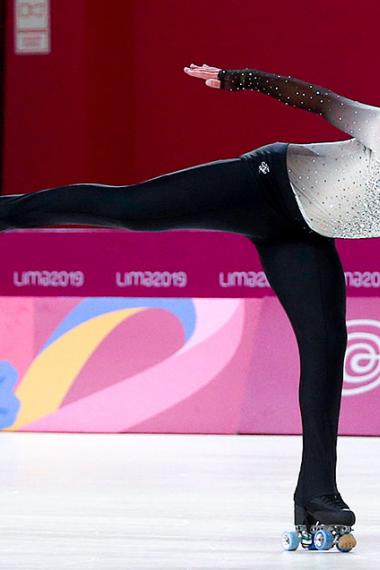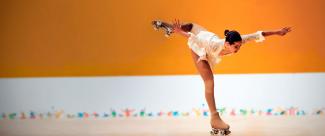
Artistic Skating
|
men events
|
women events
|
|---|---|
| Free | Free |
|
men events
|
|---|
| Free |
|
women events
|
| Free |
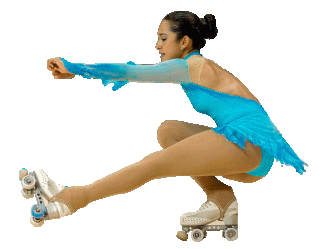
Artistic skating is a demonstration of choreographed routines set to music. Routines include jumps, spins, footwork and dance-like elements. The judges award points for speed, height in jumps, control, variety, originality and the sense of connection from one element to the next.
Competitors in Lima 2019 used four-wheel skates, with two wheels at the toe and two on the heel. Separate events were held for the men's and women's free skating championships. They consisted of two parts: a short program (2:45+/-5) and a long one (men: 4:30 +/- 10” and women: 4:15 a 4:30). The competition was held at Sports Complex 3 of the National Sports Village.
Keywords
Preparation: Position prior to jump loading.
Loading: After the preparation phase, it finishes with the bending of the skating leg.
Takeoff: The phase where the skater pushes away from the floor.
Flight: In this phase, the athlete has a position stretched in the air with the arms crossed to the chest and the left leg crossed on the right.
Landing: In this phase athletes fall on the wheels of the right skate with the left leg stretched forward (with the exception of the Euler jump).
It is said that skating originated in 17th century in Holland thanks to a man who wanted to continue skating in summer, when the channels had thawed. He attached wheels to his shoes and started skating on the ground. In the following century the first skates were patented by Belgian John Joseph Merlin in 1760. Although artistic skating has been considered at the Olympic Games since 1908, it was only recently introduced at the Pan American Games since its eighth edition in San Juan, Puerto Rico in 1979.

Images
Related Albums


